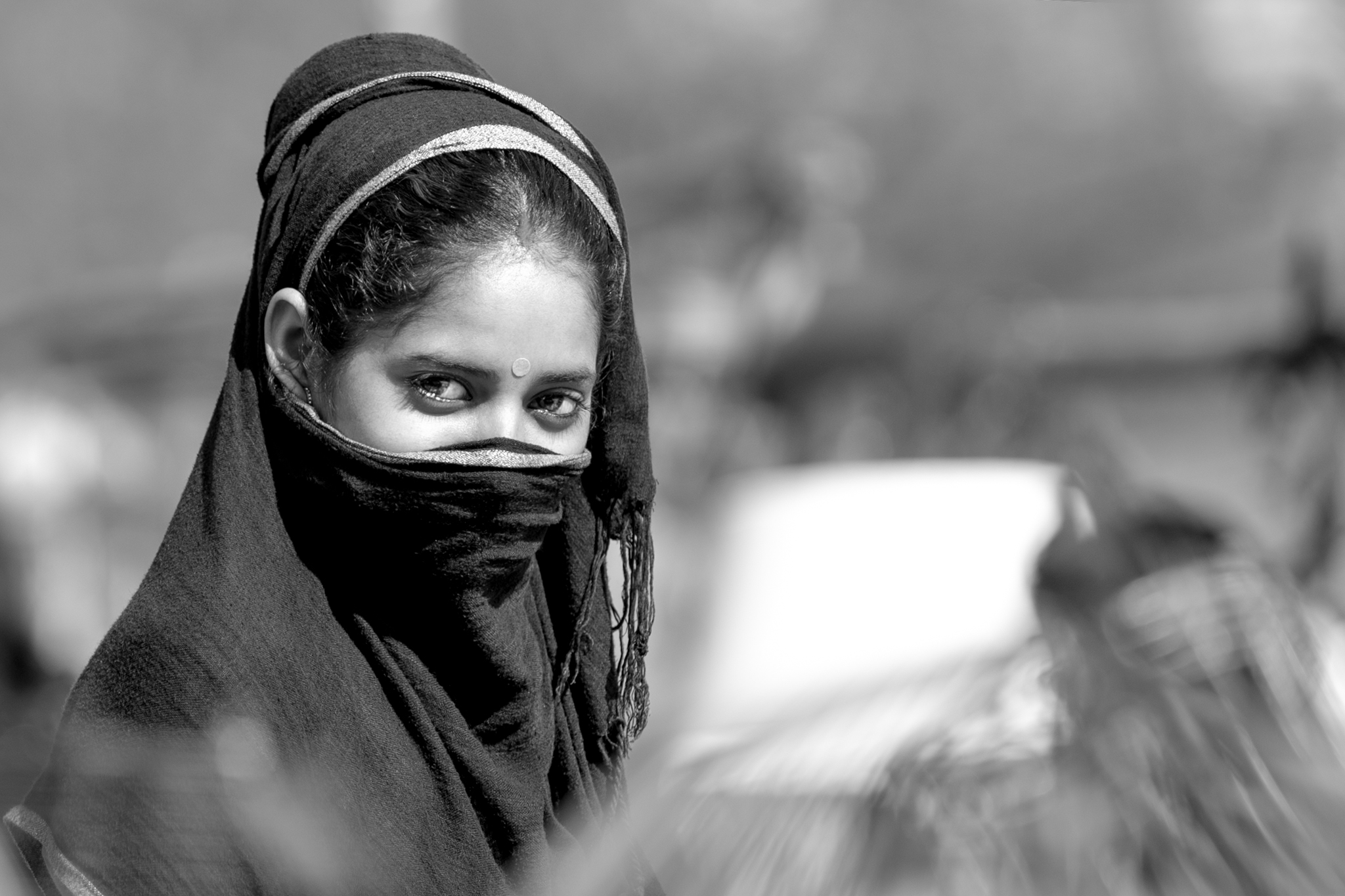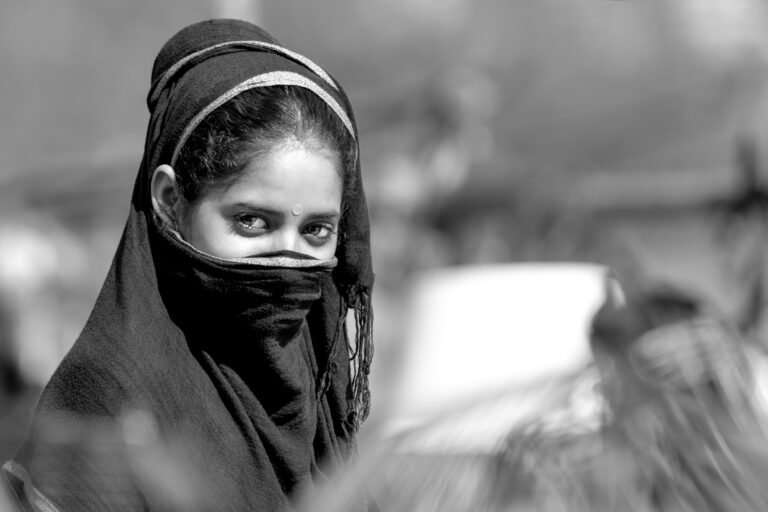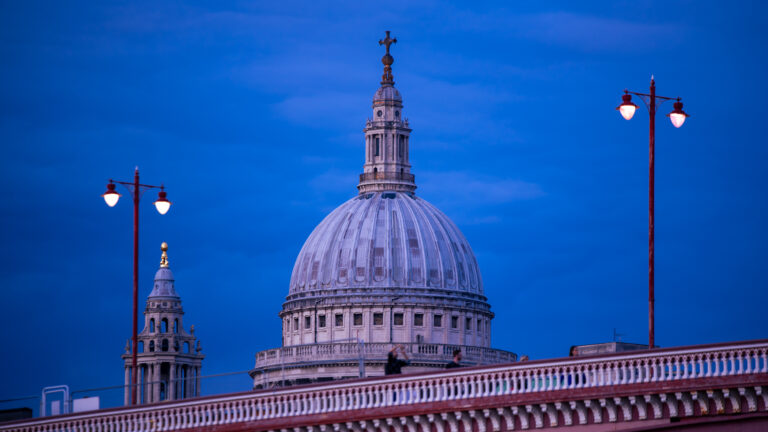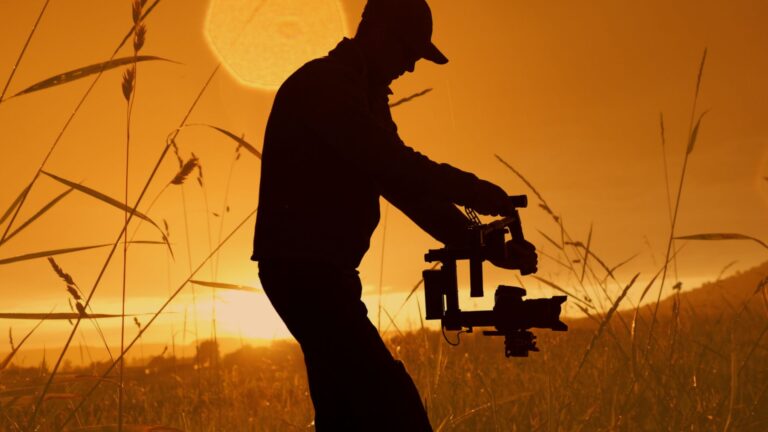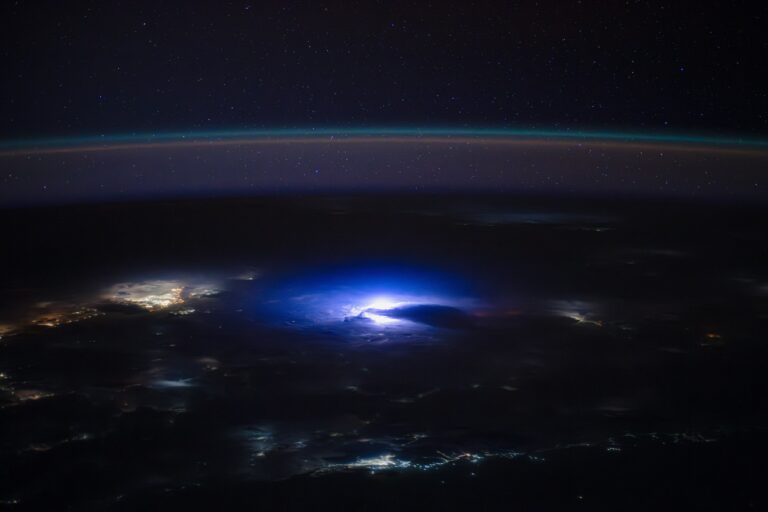Last year, I shared a black-and-white portrait of an Indian bride on my Instagram, and the reactions from my Insta fam were overwhelming!
“Never thought of b&w bridal pics could be lovely too. You are hired!”
“Awesome!❤️❤️❤️❤️you made her day more special and memorable with these great pictures💕��”
“you’ll shoot my wedding photos!”
Indian weddings ooze vibrant colors. The idea of capturing bride portraits in monochrome is unthinkable. Yet, people loved the photo—and some even admitted they preferred it over the colored version.
Why do black and white portrait photography have such a profound impact? It strips away the distractions of color and focuses on raw emotions, mood, textures, composition, and the scene’s spirit. In the above example, the details of a bride’s jewelry, the soft smile, or the intensity of an eye become the stars of the frame.
You’ll find 90% of the images on my Instagram page are black-and-white portraits—streets, studios, events—and I’ve started imagining how the person would look in monochrome.

Why do I prefer black and white over color?
On a lighter note, managing colors is one of the most challenging aspects of editing. Balancing hues, saturations, and tones can sometimes feel overwhelming. Black and white, on the other hand, offer a creative escape. I can focus on light, contrast, and composition by removing color. I embrace my laziness and lean into monochrome because it simplifies the process and amplifies the story.
Well, black and white isn’t just a fallback option; it’s my go-to for achieving harmony. The absence of color doesn’t diminish a photo’s magic; it enhances it.
If you’ve never experimented with black-and-white photography, I encourage you to do so. You might be surprised at how powerfully it captures not just what you see but also what you feel.
The Art of Storytelling in Monochrome
Black-and-white photos are popular choices among fine art photographers because they turn the moment into a timeless tale. When you’ve got only light and shadow to play with, you’re truly sculpting the photo.
Do you prefer shooting in colors? Do you feel you’ve got a limited choice without colors in your picture? Think again. You can add mystery with shadow, expose details in highlights, and transition in mid-tones, and help viewers engage with your composition deeply. Let the drama unfold in your black-and-white portraits.
Composition Plays a Key Role in Black-and-White Portraits
In black-and-white photography, composition takes center stage. Without the distraction of color, every element in the frame—lines, shapes, patterns, and negative space—becomes far more significant. A well-composed portrait guides the viewer’s eye to where you want them to look, creating balance.
Pay attention to the rule of thirds, symmetry, and leading lines. These compositional tools can help draw focus to your story unfolding in your picture. Experiment with framing—a close-up highlighting textures like skin or fabric can be as powerful as a wide shot capturing the subject’s environment. The key is to use composition to tell a story, creating layers and moods that resonate with the viewer.
Negative space is another powerful tool in monochrome. A minimalist background can emphasize your subject, while subtle textures or patterns in the background can add context without overwhelming the photo. In black and white, every detail matters, so approach composition with intention and creativity.
Techniques of Shooting Black-and-White Portraits
Mastering black-and-white portrait photography begins with understanding light—it’s your best friend and most significant challenge. The direction of light in portraits completely changes the mood of a photo. Side lighting adds drama and depth, while soft frontal lighting creates a dreamy, intimate feel. Harsh lighting, however, is perfect for emphasizing textures like a wrinkled hand or detailed fabric.
Layering is another essential technique. Think about what’s behind and around your subject. A blurred, textured background can make your subject pop, creating depth in the photo. Shooting in color and converting to black and white later gives you the flexibility to fine-tune tones during editing. Always shoot in RAW—you’ll thank yourself later when you tweak every shadow and highlight.
Posing is pivotal to your black-and-white portraits. Be mindful of hand gestures, the shape of the face and body, the direction of the face and torso, and, in the case of full-body pictures, the whole body should be in sync with the composition. The person’s mood should mimic the mood of the light—happy, somber, ecstatic, or sad. Any amount of editing can’t fix the out-of-syn mood of the person and the light.
Simplified Editing Workflow for Monochrome Portraits
A good job done with in-camera photos would save you tons of time while editing. I prefer subtle editing with BW portraits since there isn’t much color interplay. I shoot in color, convert it to black and white, and then play with the image in Lightroom.
Start by deciding if an image is better in black and white or color. Does the photo rely on color for impact, or will removing it enhance the mood? Once you’ve decided, focus on adjusting the contrast to bring out the drama. Play with highlights and shadows to add depth.
Dodge and burn techniques are your best friends. Brighten areas to draw attention and darken others to add drama. In my editing workflow, less is more. Over-editing can make the photos feel unnatural. Whether you prefer high contrast for bold, striking images or low contrast for a softer, muted look, find what complements your story.
There’s no right or wrong formula for editing photos. It’s your photo. Your story to tell. Identify the sweet spot that makes you happy with the photo.
Different Types of Black-and-White Photos
Black-and-white photography isn’t a one-size-fits-all approach. Noir photos, for example, are all about drama—high contrast, deep shadows, and a sense of mystery. On the other hand, high-key photos are bright and airy, with minimal shadows that give a clean, fresh look.
Low-key photos embrace the darkness, using shadows to create a moody, intimate feel. Fine art black-and-white photography is often abstract and interpretive, focusing on form and emotion. And let’s not forget silhouettes—the ultimate way to emphasize shape and outline with zero distractions.
People generally make high-contrast BW photos. Contrarily, I keep the contrast low and keep the portraits feel soft for the portraits unless I want to add drama to the narrative.
Candid Black-and-White Portraits
Candid black-and-white portraits capture life as it unfolds. There’s something magical about freezing a genuine smile, a fleeting glance, or an unguarded moment. Without color, the focus shifts entirely to the emotion and the story behind it.
To capture great candid portraits, blend into the background. Use a long lens to keep your distance and let the moment unfold naturally. Look for soft, natural light to bring out textures without harsh shadows. The result? Photos that feel authentic and timeless.
Staged Black-and-White Portraits
Staged black-and-white portraits are about control and precision. Every element, from the pose to the lighting to the props, is deliberately chosen to tell a story. The key is to make it look effortless, even though it’s anything but.
Symmetry, textures, and contrast play starring roles here. Use side lighting to carve out cheekbones or backlighting for a halo effect. Props like textured fabrics or vintage items can add a touch of drama, but remember—less is often more. In black-and-white photography, simplicity is sophistication.
Documentary Black-and-White Portraits
Documentary black-and-white portraits are about capturing reality. They’re raw, honest, and often profoundly moving. Whether it’s a street vendor in action or a child’s curious gaze, these photos tell stories that words can’t.
To create compelling documentary portraits, immerse yourself in the moment. Use wide lenses to capture the subject’s environment or zoom in for emotional close-ups. Lighting might not always be perfect, but that’s part of the charm—embrace the imperfections, and you’ll capture something authentic.
Famous Black-and-White Portrait Photographers
Richard Avedon was a master of black-and-white portraits, known for his ability to capture raw emotion in minimalist compositions. His work strips away distractions, leaving only the subject’s essence. Sebastião Salgado, on the other hand, uses monochrome to tell powerful stories about humanity, creating images that are as thought-provoking as they are beautiful.
Embracing Challenges of Black-and-White Photography
What is the biggest challenge in black-and-white photography? There’s nowhere to hide. Without the crutch of vibrant colors, your composition, lighting, and subject need to do all the heavy lifting. It’s not just about taking a photo; it’s about creating a piece of art.
But these challenges push you to become a better photographer. You’ll start seeing the world differently, noticing how light falls on a face or shadows stretch across a room. And the reward? Photos that stand out not because they’re colorful but because they’re powerful.
Misconceptions About Black-and-White Photography
One common myth is that black-and-white photography is easier than color. Spoiler alert: it’s not. In fact, it’s more complicated. Without the palette of colors to guide the viewer’s eyes, you have to rely entirely on contrast, composition, and texture to tell your story.
Another misconception is that black-and-white photography is outdated or only suitable for vintage themes. In reality, it’s incredibly versatile. Whether you’re capturing candid moments, dramatic portraits, or minimalist fine art, monochrome can be as modern or classic as you want it to be. It’s not about what’s missing; it’s about what’s revealed.
To sum up
Black-and-white portrait photography isn’t just a technique; it’s an art form that transcends time and trends. It challenges you to strip away distractions and focus on the heart of your subject, telling stories through light, shadow, and emotion. Whether candid, staged, or documentary, monochrome portraits capture a depth and authenticity that color often struggles to match.
So, the next time you pick up your camera, dare to see the world without color. Experiment, embrace the challenges, and let your creativity flow. Who knows? You might just discover a new dimension to your photography and tell stories that truly stand the test of time.

